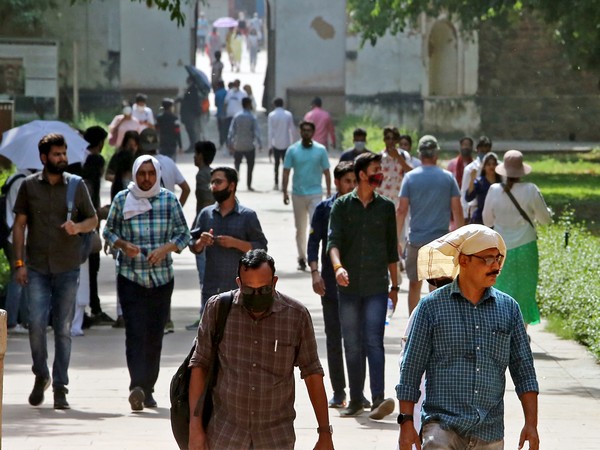By Rajnish Singh
New Delhi [India], April 28 (ANI): Ministry of Home Affairs (MHA) has decided to introduce changes in the Civil Registration System (CRS) in India as the country has been facing challenges in terms of timelines, efficiency and uniformity leading to delayed and under-coverage of births and deaths in the country.
The plan has been mentioned in MHA’s Annual Report 2020-2021, pointing out that it will be taken up to address the challenges faced by the system in providing prompt service delivery to the public.
To address the challenges faced by the system in providing prompt service delivery to the public, the report said, “The Government of India has decided to introduce transformational changes in the Civil Registration System of the country through an IT-enabled backbone leading to registration of birth and death in real-time basis with minimum human interface”.
As per the report, the changes would be in terms of “automating the process delivery points so that the service delivery is time bound, uniform and free from discretion”.
“The changes would be sustainable, scalable and independent of the location. The project would be modular in nature consisting of conceptualizing the transformation roadmap, Development of IT application along with its implementation, Capacity Building and Maintenance.”
The history of CRS in India dates back to the middle of the 19th century. In 1886, a Central Births, Deaths and Marriages Registration Act was promulgated to provide for voluntary registration throughout British India.
Post-independence, the Registration of Births and Death Act (RBD Act) was enacted in 1969 to promote uniformity and comparability in the registration of births and deaths across the country and compilation of vital statistics based thereon. With the enactment of the Act, registration of births, deaths and stillbirths has become mandatory in India.
The Registrar General, India (RGI) at the Central Government level coordinates and unifies the activities of registration throughout the country. However, implementation of the statute is vested with the state governments.
The registration of births and deaths in the country is done by the functionaries appointed by the state governments. Directorate of Census Operations are the sub-ordinate offices of Office of the Registrar General, India and these offices are responsible of monitoring of working of the Act in their concerned state and Union Territory.
The Act mandates the use of uniform birth and death reporting forms and certificates throughout the country.
In 19 states the Chief Registrars are from the Health Department; in 12 states from the Department of Economics and Statistics and in the remaining four states it is the Department of Local Government.
An Inter-Departmental Co-ordination Committee (IDCC) has been formed in every state to oversee the registration work within state. At the District level, similar coordination committees have been formed. (ANI)


